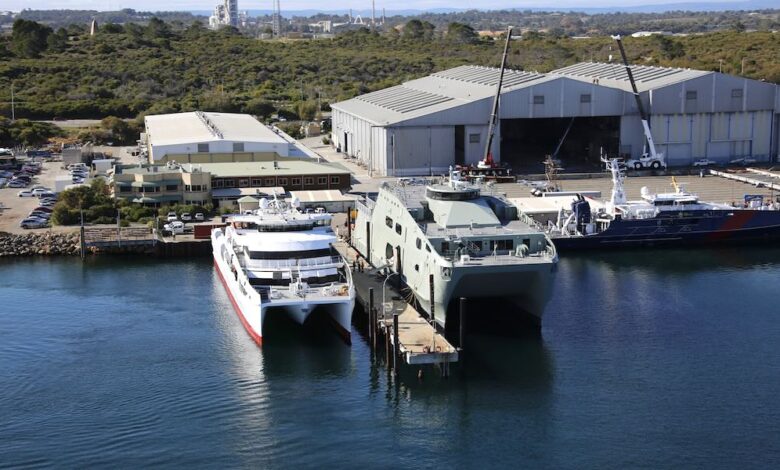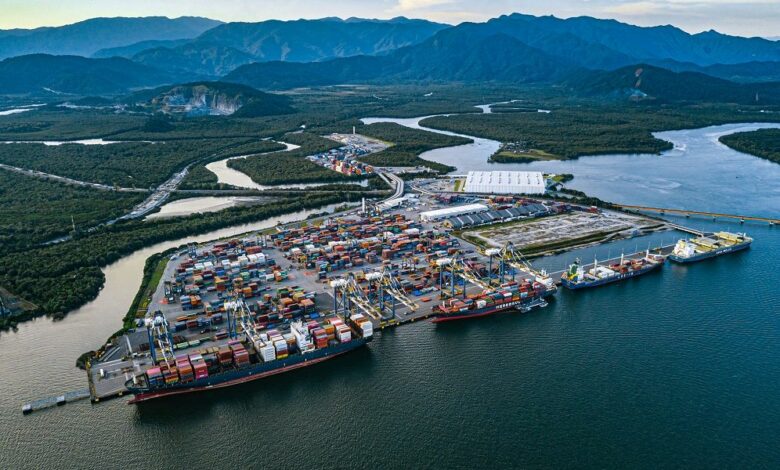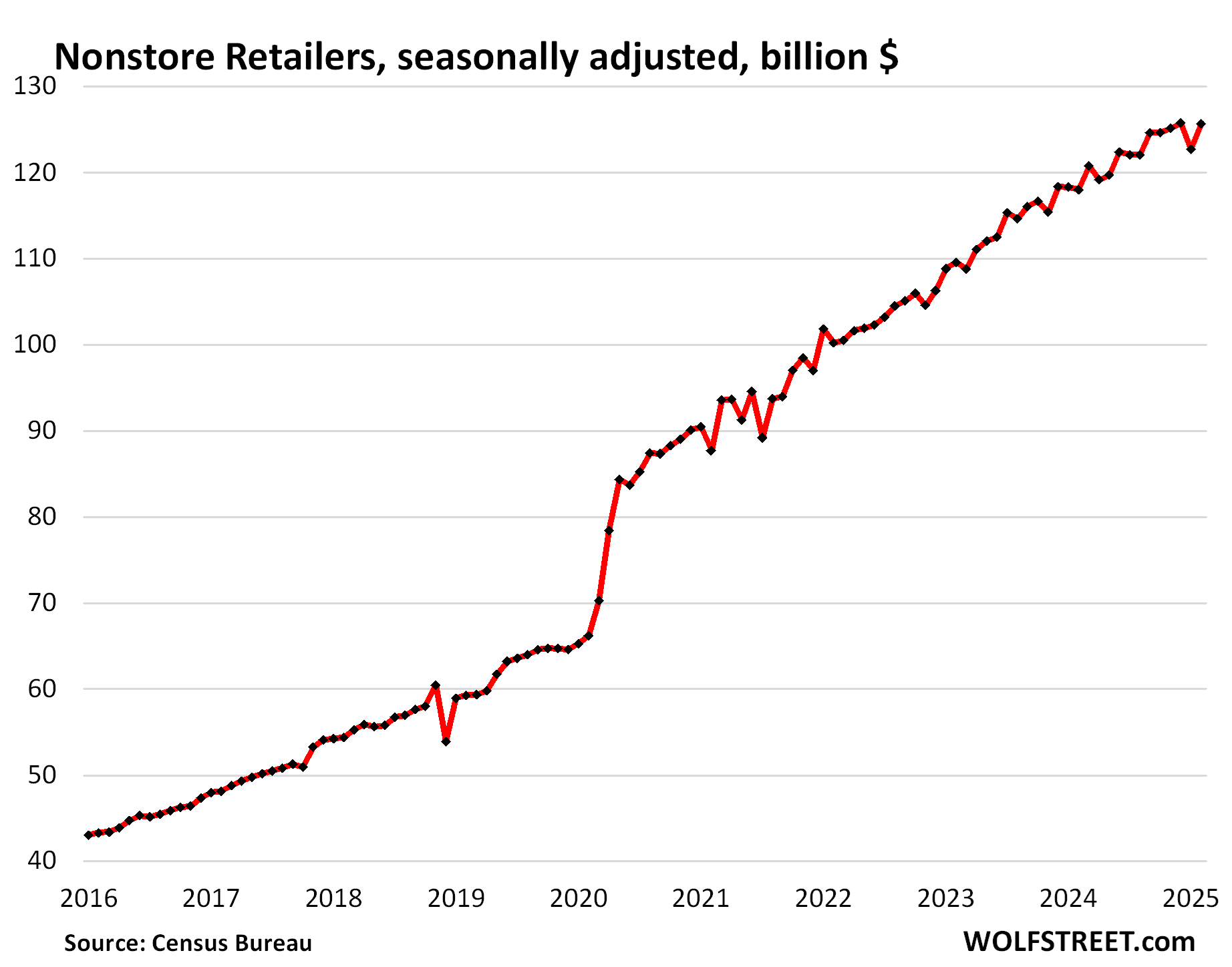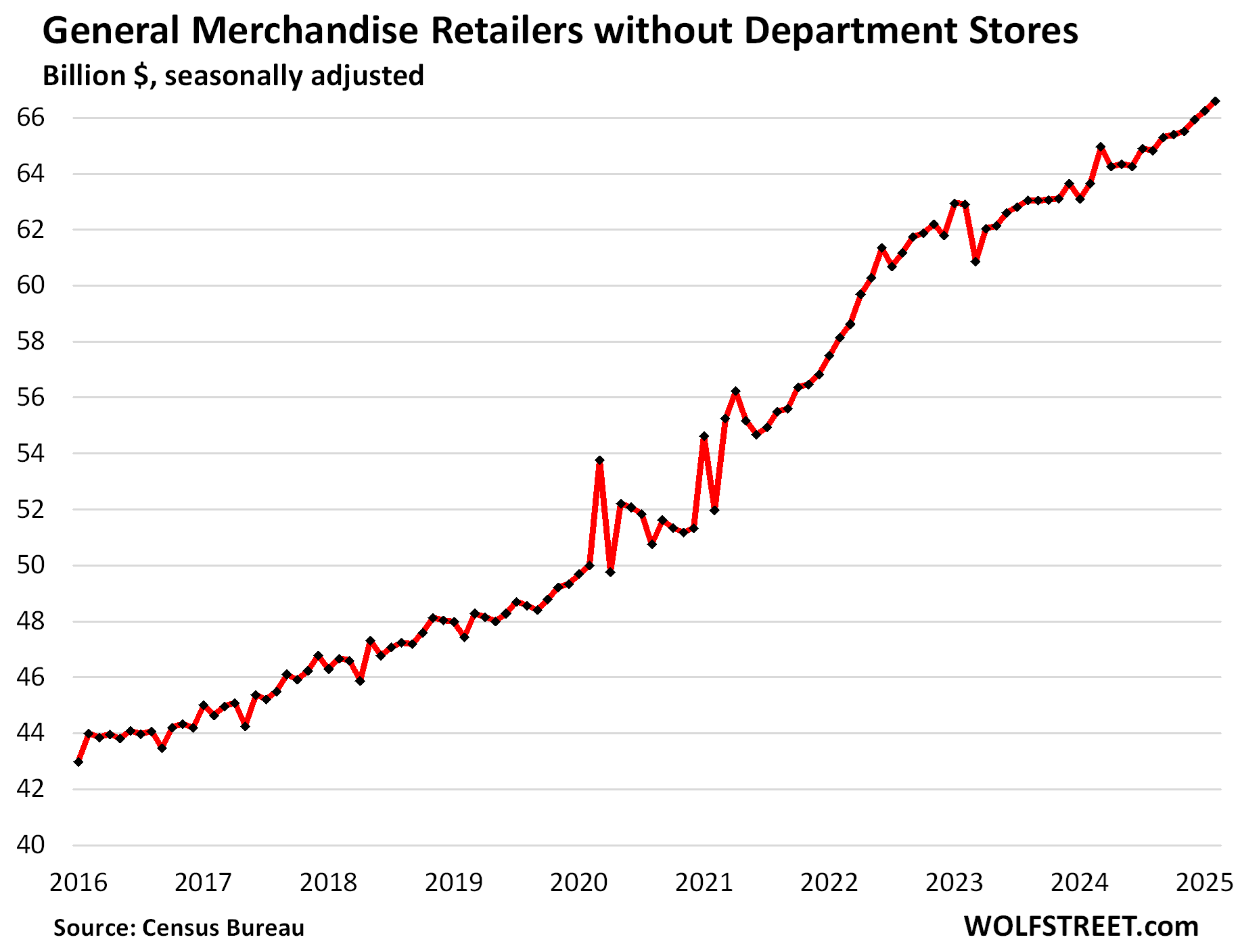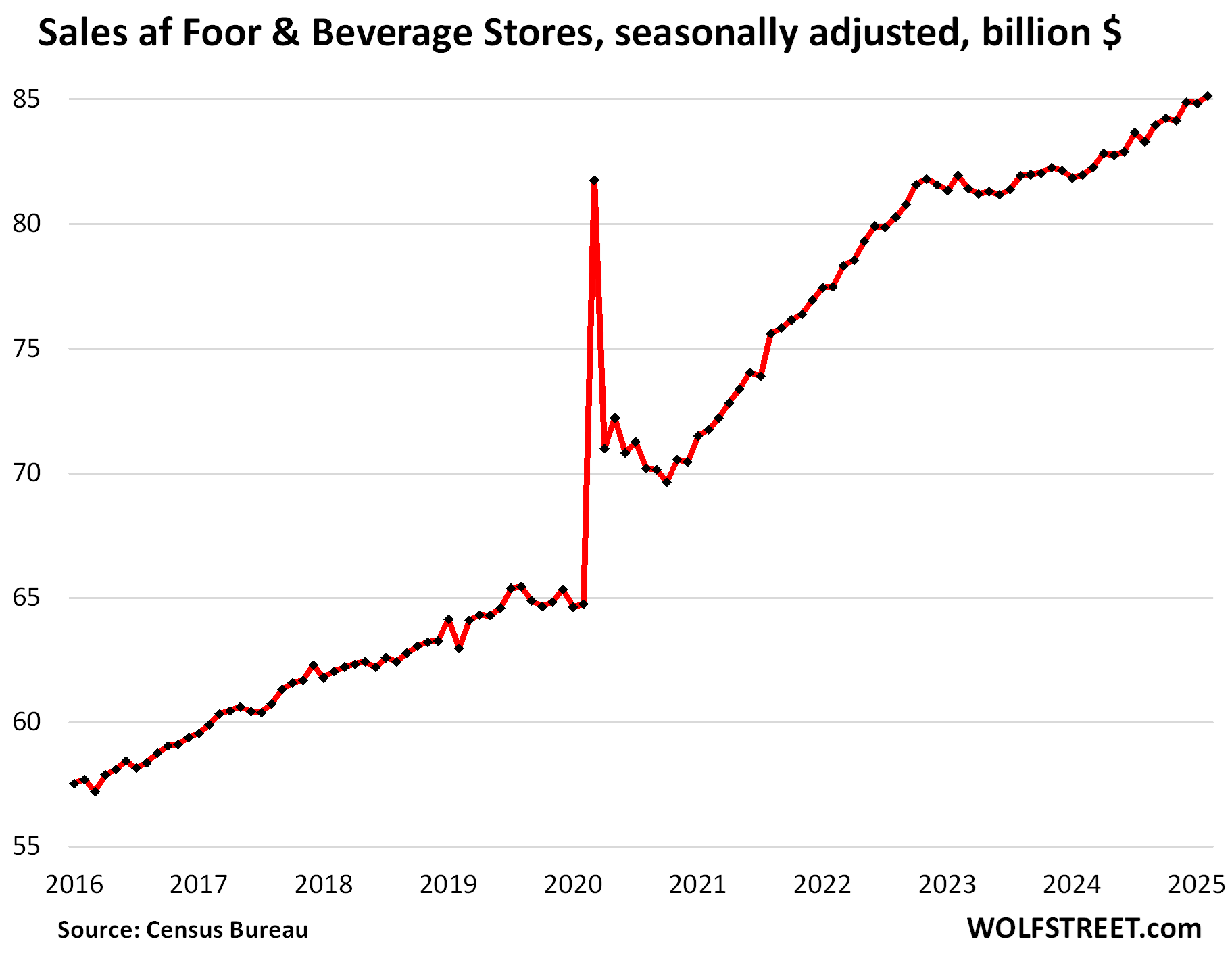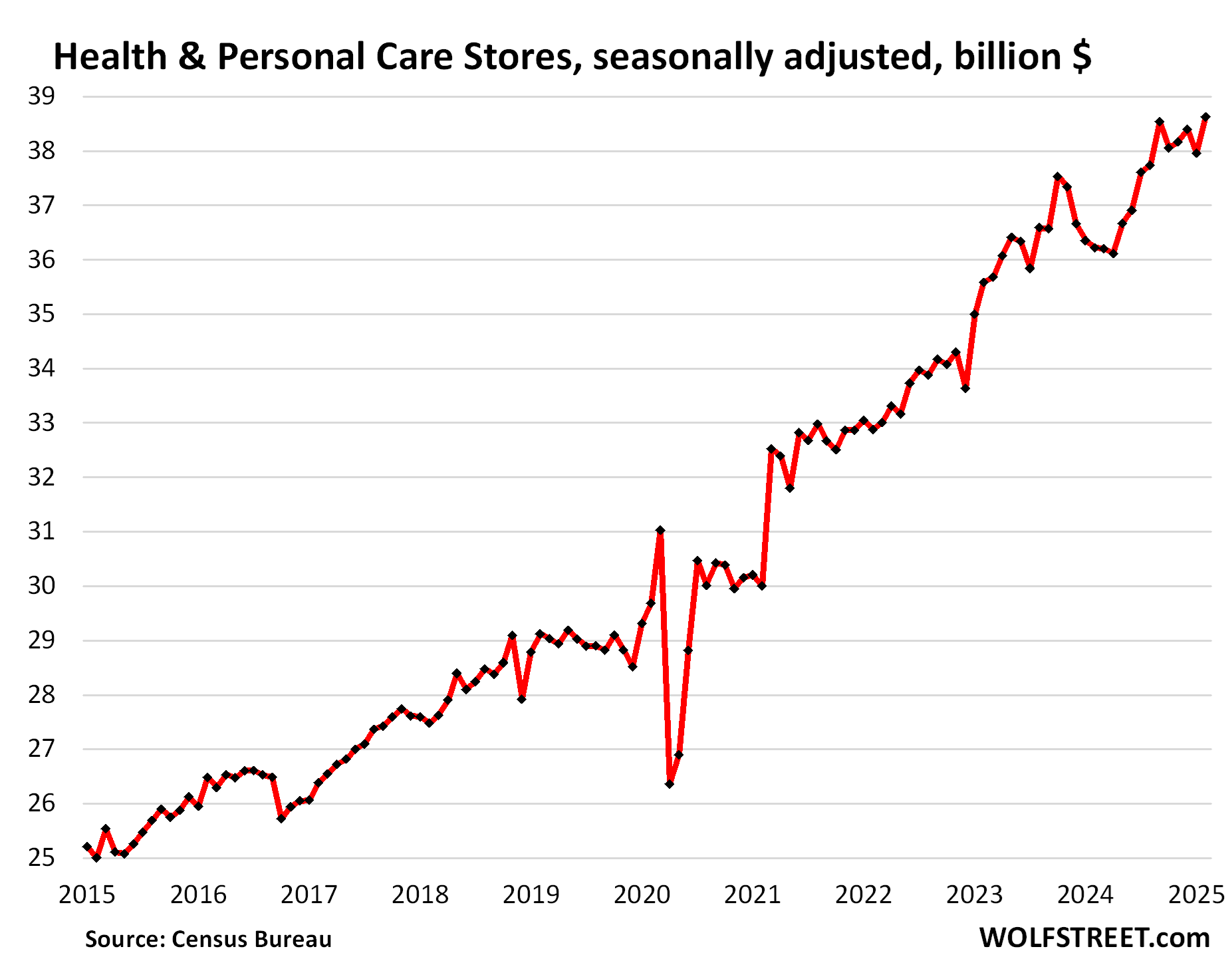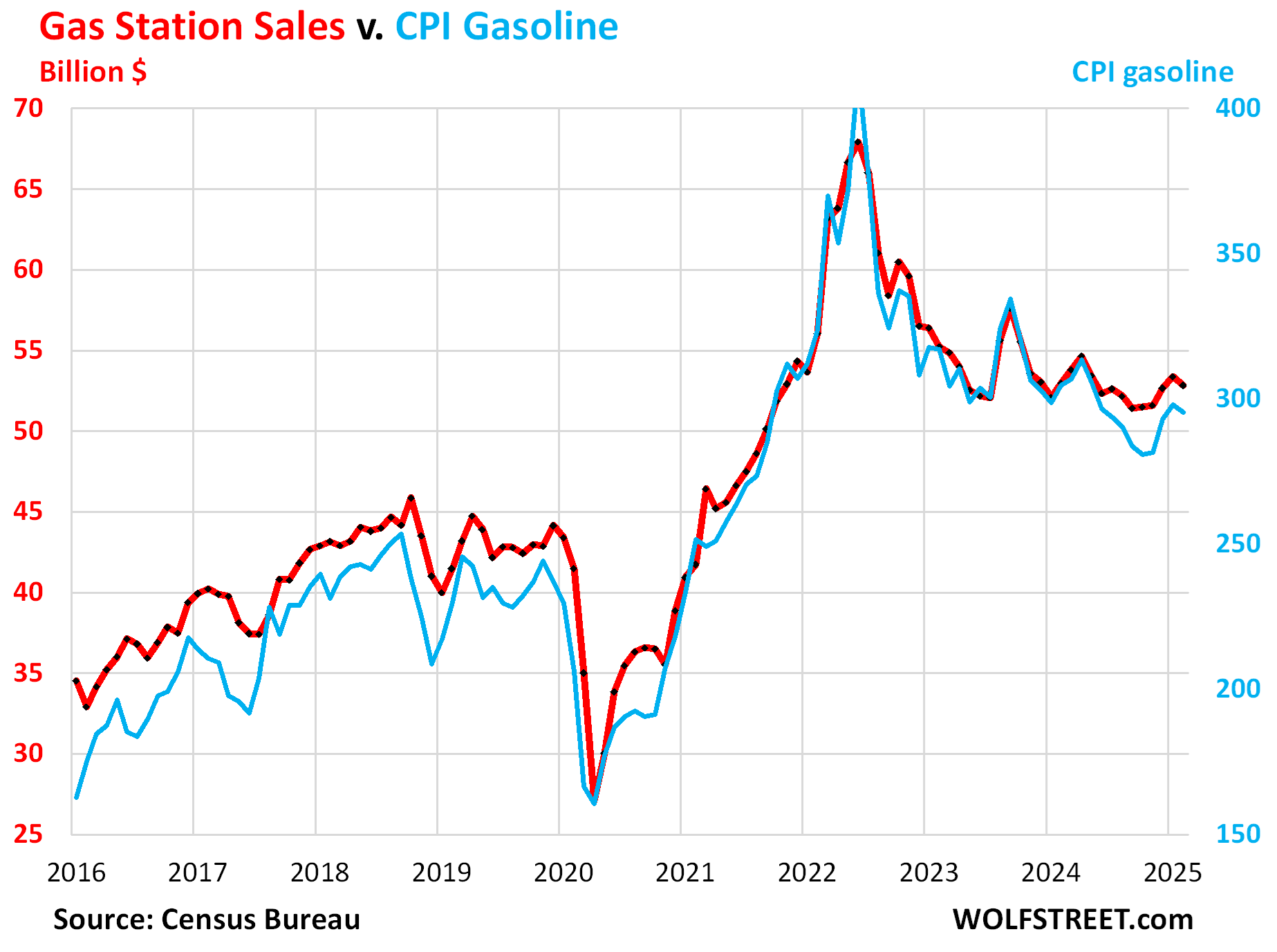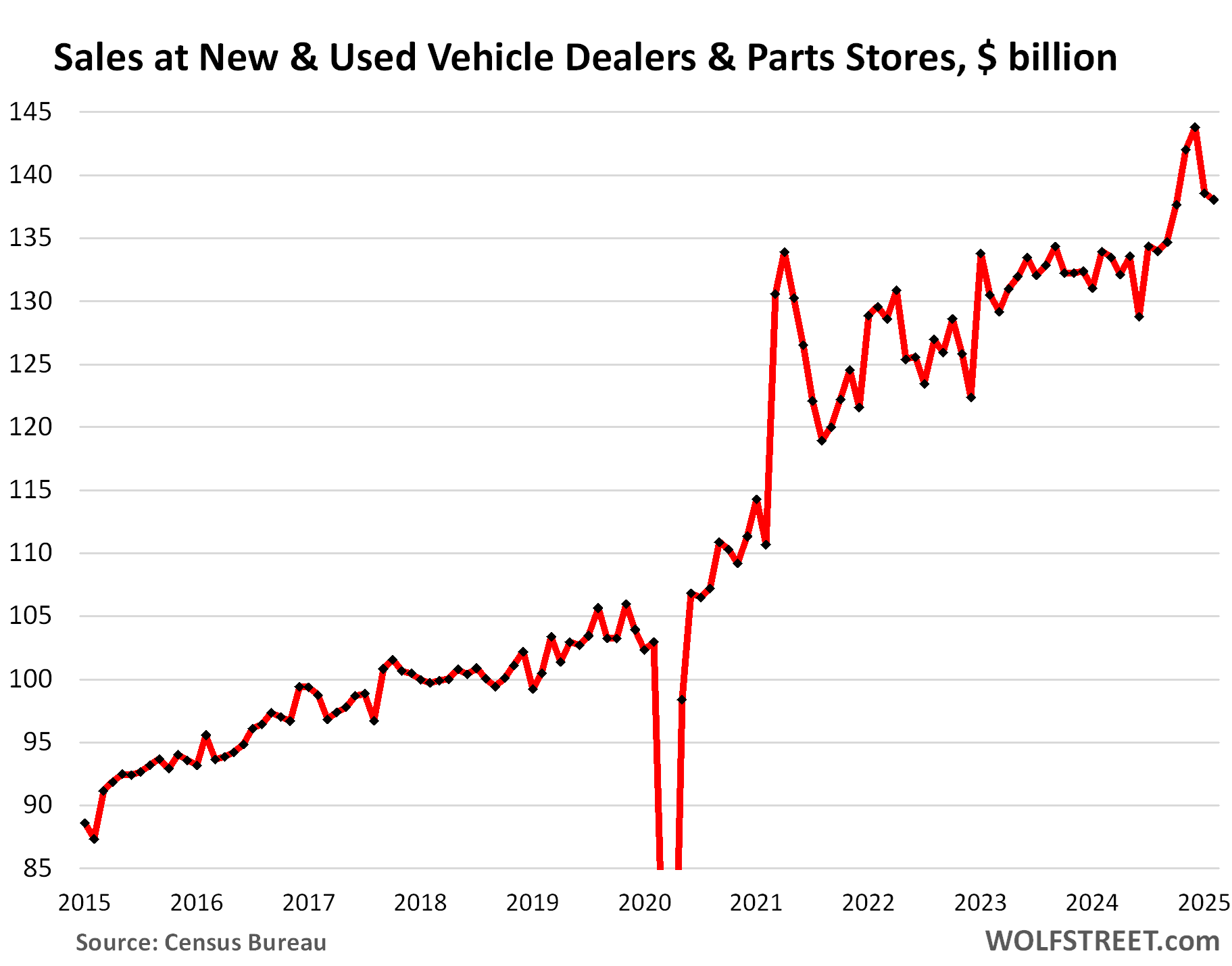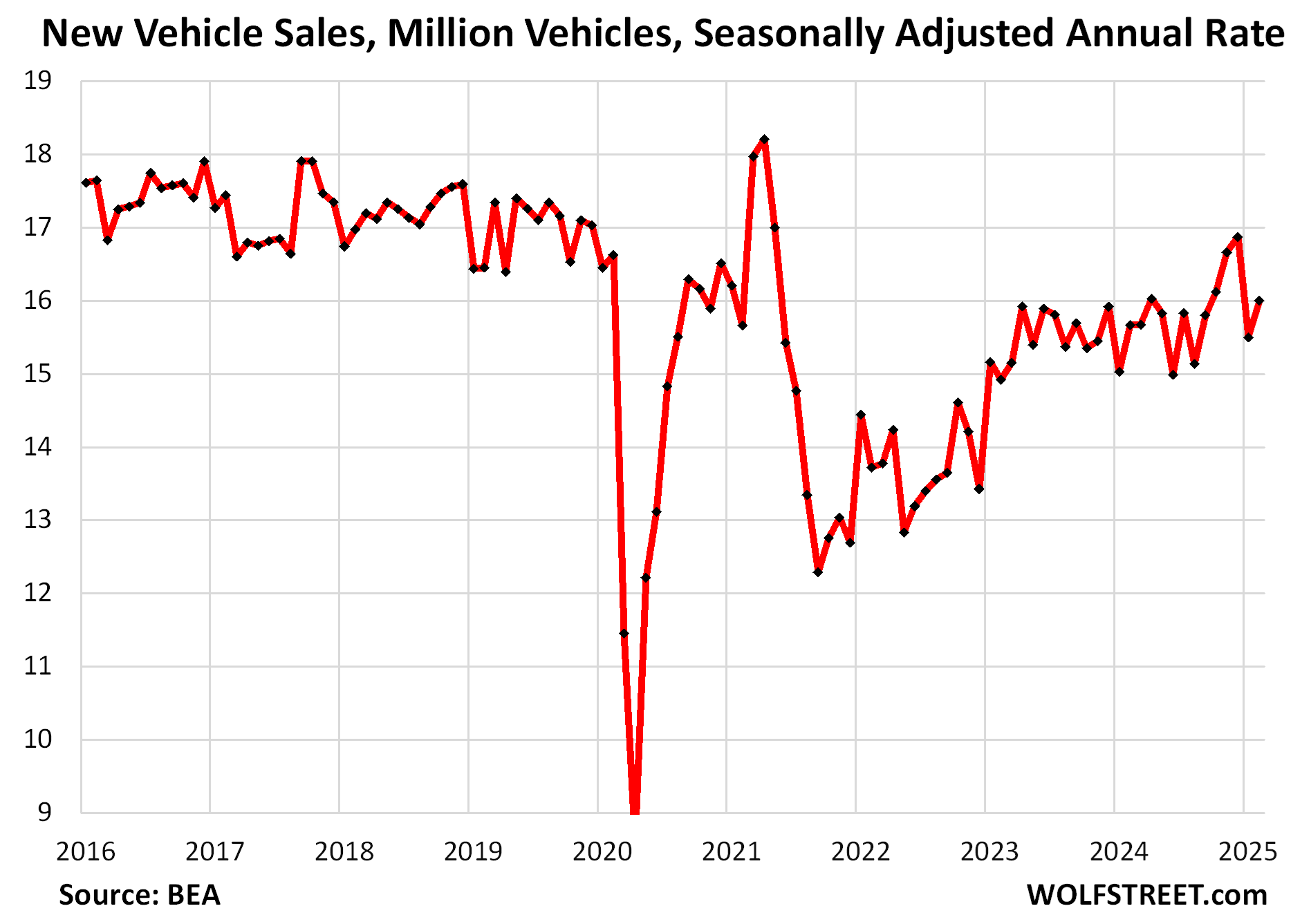Energy News Beat
In the second instalment of our brand new magazine, Maritime CEO canvasses the industry over on all things tech.
For Mikael Skov, who heads up Hafnia, the world’s largest product tanker owner, artificial intelligence emissions reduction and autonomous vessels are likely going to be the biggest tech breakthroughs in general in the industry due to their direct impact on both operational costs and environmental sustainability.
“These advancements are not only technologically disruptive but also essential in addressing global challenges like climate change and maritime safety,” Skov tells Splash.
AI is not just optimising routes or scheduling but actively driving carbon footprint reductions, he says. The potential to cut annual emissions through AI-powered navigation optimisation is a “game-changer”, aligning with global sustainability goals. By integrating with carbon-neutral initiatives, shipping companies can meet stringent environmental regulations while lowering costs, he maintains.
“One of the significant trends in 2025 and beyond will likely be the integration of AI into the day-to-day operations of vessels,” says Tim Ponath, CEO of German owner NSB Group, a company that like Hafnia is carrying out various pilot projects in this area.
“Most tech decisions and investments will focus on AI’s potential, including vessel hardware,” says Arthur English, CEO of Norwegian shipowner G2 Ocean.
It’s not just owners interviewed for this magazine who see AI’s growing importance. AI is seen by Splash readers as the technology having the most significant impact on maritime operations in the coming 10 years in an ongoing survey being carried out in association with Inmarsat.
AI beat out other tech making plenty of shipping headlines such as blockchain, Big Data analytics and Internet of Things in the survey that seeks to identify how ships will operate 10 years from now.
The maritime industry must first address underlying challenges such as data standardisation, cybersecurity risks, and the need for skilled personnel
“While AI presents huge opportunities, the maritime industry must first address underlying challenges such as data standardisation, cybersecurity risks, and the need for skilled personnel to manage AI-driven systems,” urges Niall Jack, director of product development at software provider Shipnet.
The industry must fully embrace digital transformation – not just AI solutions – by investing in high-quality data infrastructure and cultural shifts toward digitisation, Jack argued.
“Overpromising AI’s capabilities without resolving these foundational challenges may lead to suboptimal implementations and rejection of further new developments because of this,” Jack said.
Beyond all the AI hype, Christian Råe Holm, the CEO of software provider Coach Solutions, cautions: “There is still a lot of talk around AI and machine learning, but apart from optimising manual internal processes, I do not see it replacing expert human advisory yet. Rather, I see the need for human expert support as even more important with the advent of AI, as it takes deep knowledge to see through the sometimes doubtful results coming out of the black box.”
Overpromising AI’s capabilities without resolving foundational challenges may lead to suboptimal implementations
Proactive maintenance
“In 2025, technological advancements will continue to shape the industry, with AI maintaining its prominence as market-ready solutions for predictive maintenance,” says Vikrant Gusain, CEO of Dockendale Ship Management, who points out that proactive maintenance technologies, such as drones, reduce the need for enclosed space entries, improving safety standards.
Additionally, Gusain reckons sensor-based monitoring of emissions will gain traction, driven by the EU emissions trading system (EU ETS), as the industry intensifies efforts to ensure regulatory compliance.
Blockchain adoption is something else Hafnia’s Skov reckons will accelerate this year, offering the promise of a tamper-proof, transparent, and decentralised system that can revolutionise how shipping contracts, payments, and cargo tracking are handled. If widely adopted, blockchain could eliminate inefficiencies, reduce fraud, and foster greater trust across the global supply chain.
Internet of Things (IoT) is also evolving from basic tracking to real-time, end-to-end visibility of the supply chain, improving reliability and customer experience.
With all the increased availability and flow of data brought about by the likes of Starlink over the past year, cyber security measures will call for much more attention in the year to come, says Morten Lind-Olsen, the CEO of Norwegian software firm Dualog, who also warns about the “huge gap” between management expectations to what can be done and what is in place on the IT integration side.
“We believe that digitalisation remains a dominant trend in the maritime industry while areas relevant to cybersecurity are important to ensure operations are conducted under a safe environment,” says Niraj Nanda, chief commercial officer at shipmanager Anglo-Eastern. “New technologies will continue to evolve alongside increased connectivity to allow safer and more efficient operations.”
Green tech
Haakon Lenz, the new CEO at Wilhelmsen Ship Management, has been following the development of ammonia engines with great interest. A first ammonia dual-fuel engine may be delivered this year, something Lenz is eagerly looking out for.
“If safety risks are addressed, this technology has the potential to revolutionise the maritime industry’s journey toward decarbonisation,” Lenz maintains.
Mark Cameron, chief operating officer at Ardmore Shipping, thinks wind will start to put forward some better qualified validation figures this year. Installations are now starting to provide some qualified data to help interpret specific routes, times of the year and vessel types.
Cameron describes himself as a “net believer” in wind assist but reckons there are still too many variables.
“Data will help to qualify reality versus beliefs,” Cameron says, suggesting the different types of wind assist technology will begin to delineate into different markets and price points as experience matures.
Hull coatings are also back in vogue, Cameron reckons, while Andrew Airery, head of Thai manager Highland Maritime believes we will see continued advances in carbon capture solutions for existing vessels as retrofitting carbon capture systems will, he says, become mandatory in the near future for most existing and new vessels still using fossil fuels.
“The quicker government and private sector drive the incentive and investment in the necessary shore-based recycling plants the quicker we can all cut emissions by 80%, almost overnight,” Airey says.
Crewing
Proactive thinking appears to finally be taking momentum in the crewing industry, reckons Claire Georgeson, founder and CEO of analytics firm PsyFyi.
“The value of software is being incorporated into strategies and with that we are seeing bold solutions being adopted without having obvious and immediate ROIs,” Georgeson says. Training applications, VR, crew-centric data solutions, AI and other software are being introduced as proactive measures to save money before it’s spent, she relays.
Shipping spends a much smaller portion of its operating costs on training
Pradeep Chawla, the CEO of online training specialist MarinePALS, is sure there will be a higher demand for e-learning and self-learning, driven by the challenges of training the estimated 800,000 people for the use of alternative fuels.
“In comparison to other high hazard industries, unfortunately, the shipping industry spends a much smaller portion of its operating costs on training,” Chawla says, arguing that the regulatory framework will need to consider stricter training requirements in the upcoming STCW revisions.
As well as markets coverage, this new magazine also covers pressing regulatory issues. Click here to access the full magazine.
The post The next big maritime tech breakthroughs appeared first on Energy News Beat.









